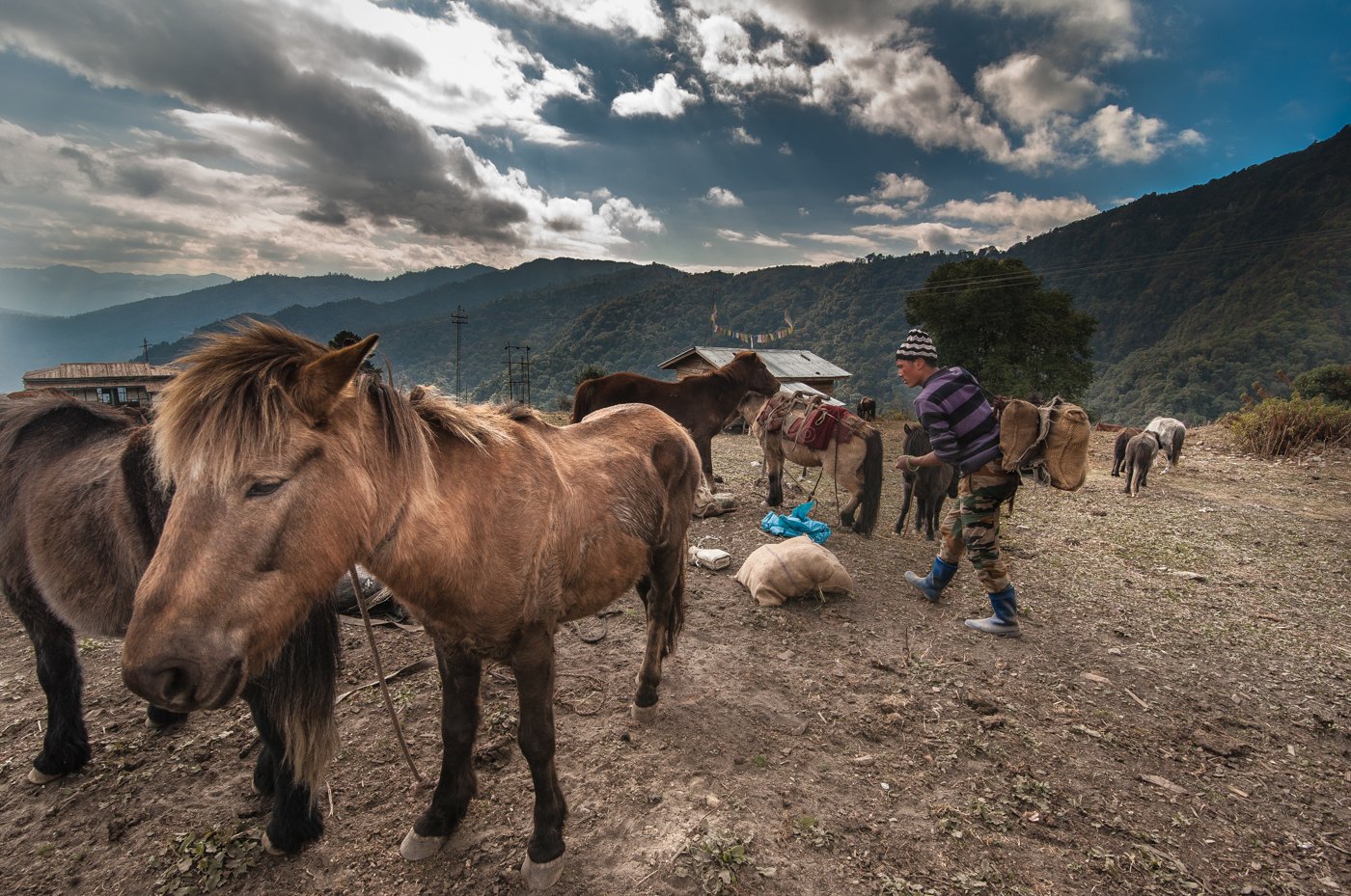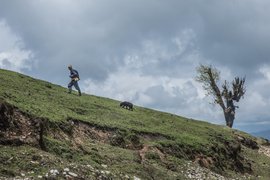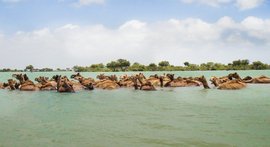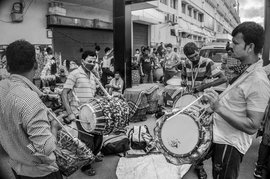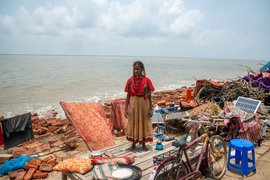The Brokpa of West Kameng and Tawang districts in Arunachal Pradesh are a community of reclusive herders of the Monpa tribe. They are nomadic, move around in fixed patterns, and live in the mountains at altitudes ranging from 9,000 to 15,000 feet. They migrate to lower areas during the long winters from October to April, and move to the higher ranges during the summer and rainy seasons, from May to September.
One morning in November 2016, I started on a journey to Thembang village in West Kameng. Thembang is located at an altitude of around 7,500 feet. It is an entirely Monpa village of some 60 occupied houses. The nearest town, Dirang, is 26 kilometres away.
The next day I went to Lagam, a winter settlement of a group of Brokpa. To reach Lagam, located at 8,100 feet, I walked for around 11 kilometres for more than eight hours through dense forest. When I reached at 6 p.m., Pem Tsering, a 27-year-old Brokpa herdsman, welcomed me with a warm a smile.
The next day morning, I saw that Lagam is actually a tiny winter-time hamlet of Brokpa pastoralists. It has one small monastery. Around 40-45 people live here in 8 to 10 stone-and-bamboo houses with tin roofs. In November, the hamlet is full as the herders descend to this lower pastureland. From May to September, Lagam stays mostly empty as the young herders move out with their herds of yaks and horses to higher ground, such as Mago village. The elders usually stay back.
I spent a few days with Tsering and other Brokpa. “It’s always a long walk for us. We walk up to Mago through the jungle every year for summer pastures. It’s 4-5 days of constant walking. We take a break only for the night,” Pem says.
Mago, at 11,800 feet, is located along the disputed McMahon Line which demarcates northeast India and Tibet. To reach Mago in the summers, the Brokpa walk through mountain ranges and passes that are even higher – their route includes Lagam, Thungri, Chang La, Nyang, Potok, Lurthim, and then Mago.
Others can reach the area by road only from Tawang. Indian nationals from outside the region are allowed to stay here for just one night with special permission from the Indian Army. Because of the border dispute, even Brokpa who migrate to Mago have to carry government-issued identity cards
The daily lives of Brokpa centre around simple rhythms. Their major source of income is the yak. They collect its milk for cheese and butter, and sell these items in the local market. A barter system also exists within the community. “They exchange yak and milk products with the people staying in lowland areas, where agriculture is the prime occupation,” says Bapu Pema Wange, a Monpa from Thembang village, and a project officer with WWF-India’s Western Arunachal Landscape Programme. “We [his clan, the Bapu] barter trade with them; we exchange our maize, barley, buckwheat and dry red chilly for their butter, chhurpi and yak meat. Basically, they depend on us for food and we depend on them for food.”
The royal Bapu clan owns large tracts of inherited land, and charges a tax (usually in kind – sheep or butter) from other clans for grazing rights. But, Wange says, the Brokpa of Lagam have been exempted from the tax because “they take care of our god, Lagam Lama (a statue of natural rock).”
Later this year, by mid-October, the Brokpa will make the descent from their summer pasture. “We walk through the jungle, find resources for grazing and firewood from the jungle,” Pem says. “This jungle is our mother.”
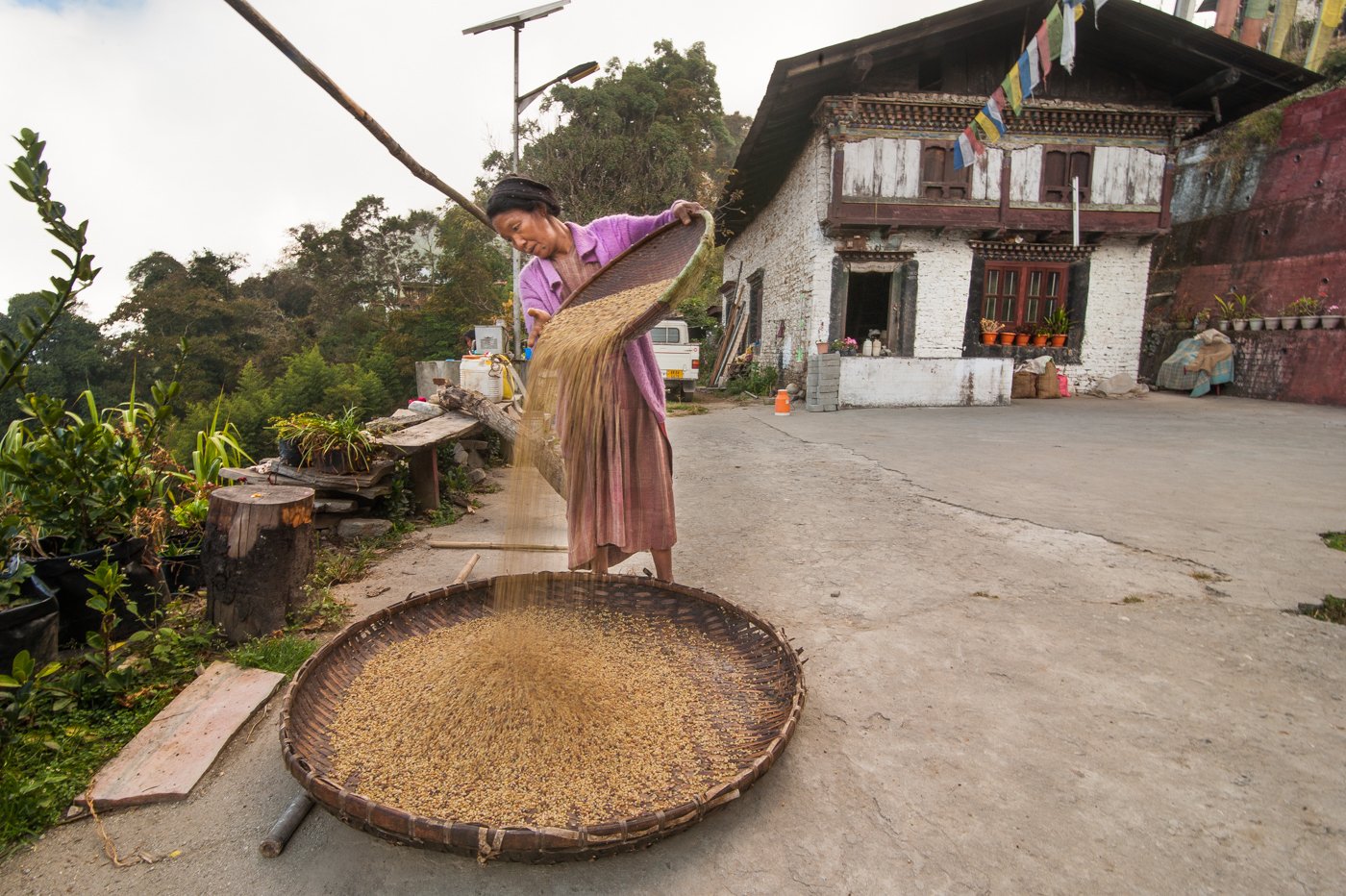
In Thembang village of West Kameng district of Arunachal Pradesh, Jangmu lhopa, a Monpa, is drying baby corn seeds. This crop is a major source of income for the tribe.
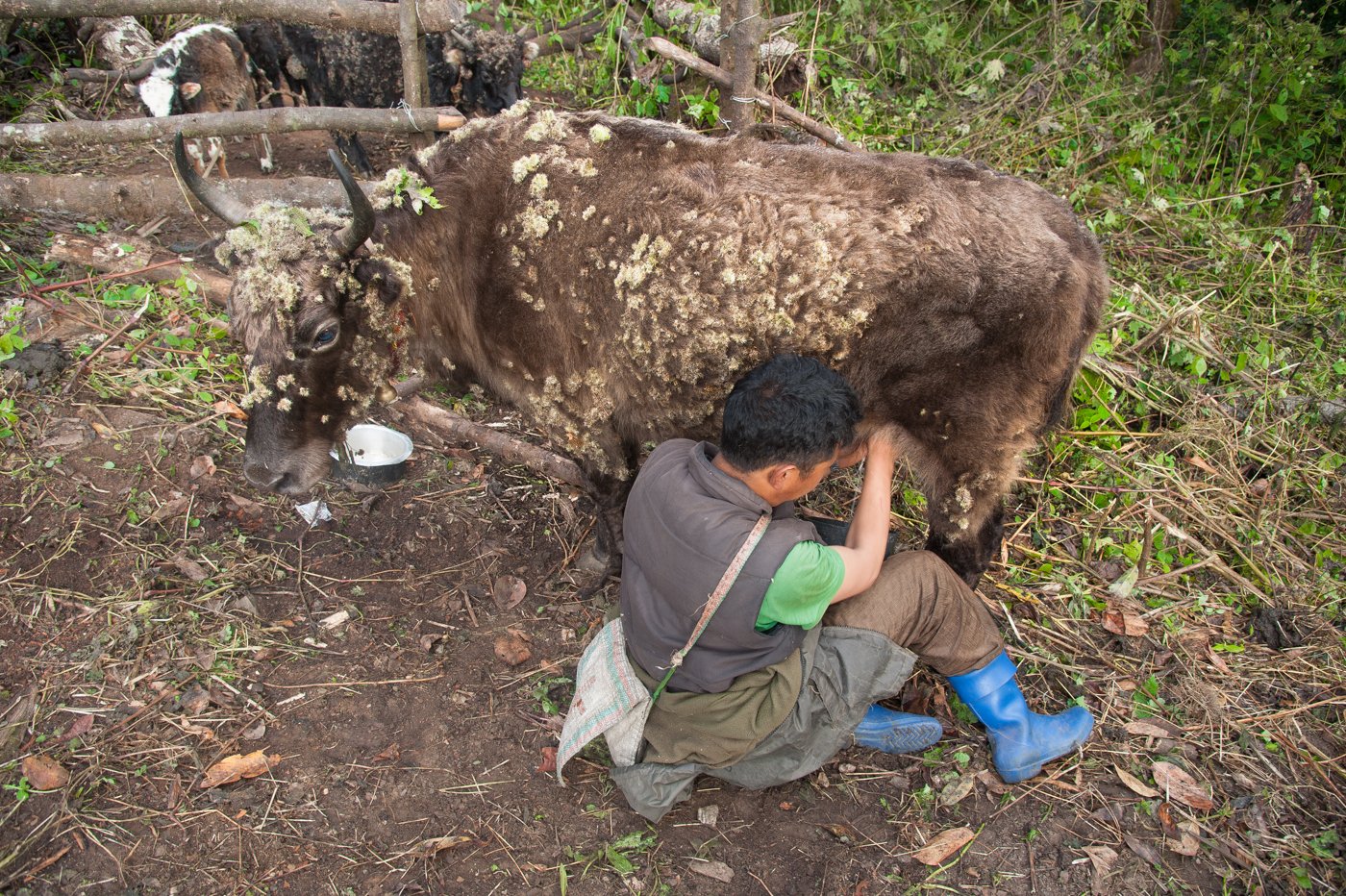
Pem Tsering milking a yak in a high altitude forest in West Kameng district. These animals are actually a hybrid of yaks and other species of cattle, and are called dzo. The Brokpa milk them twice a day.
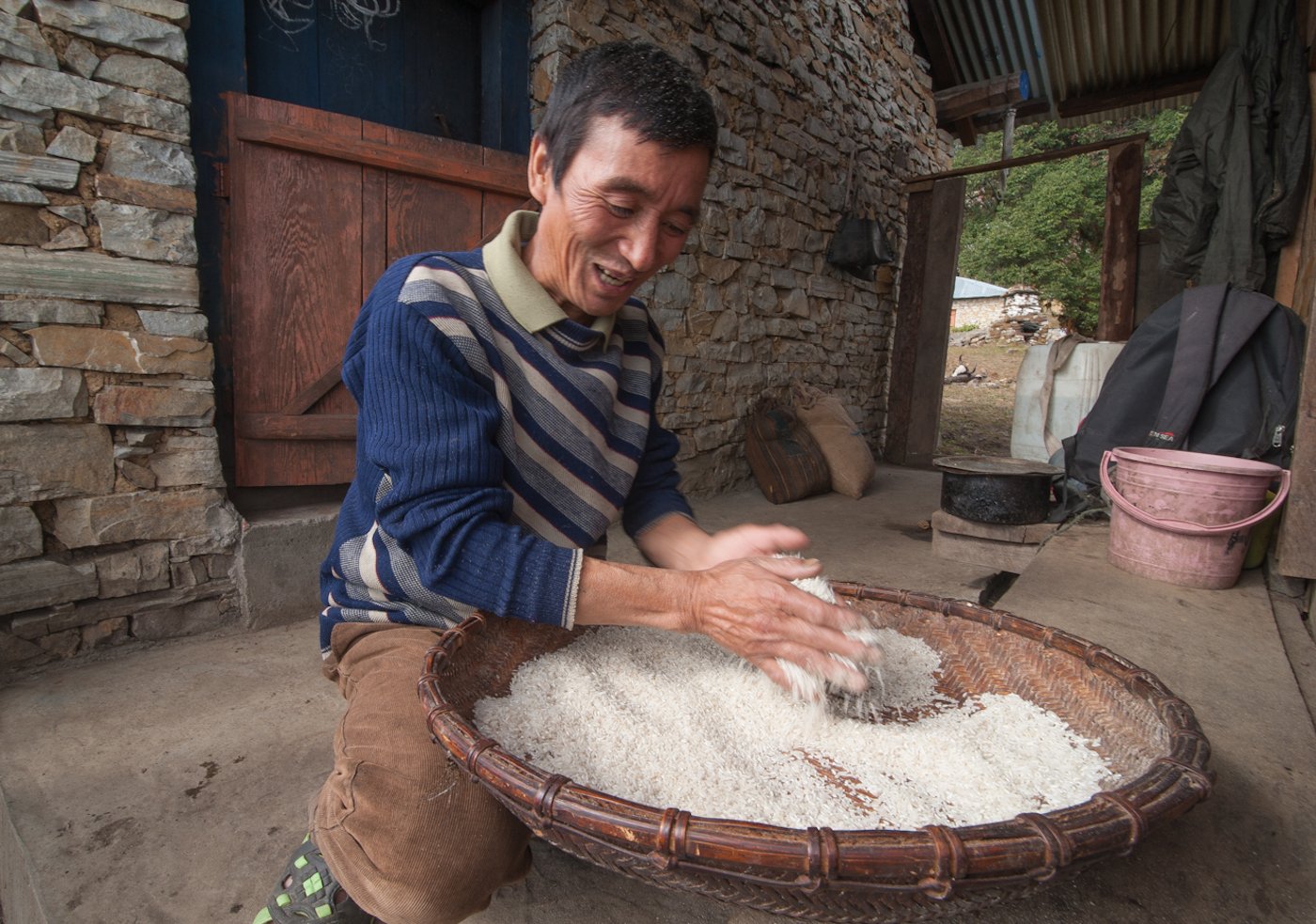
The Brokpa mostly eat rice (bought from markets at lower altitudes) and yak meat. They eat only a few vegetables like potatoes because the land here is not fertile enough to cultivate vegetables
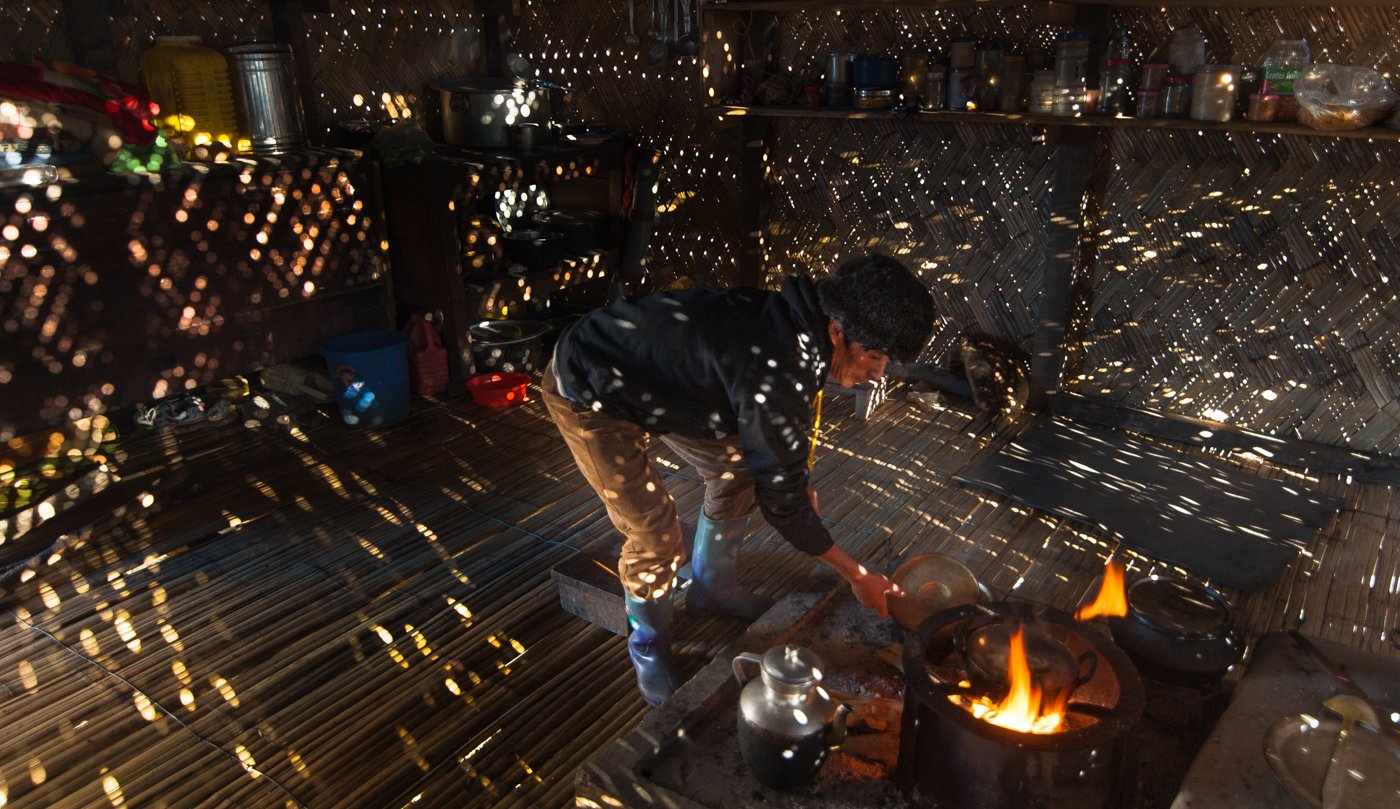
A fire is always lit in the Brokpa kitchen. It helps them to stay warm during the harsh winters.
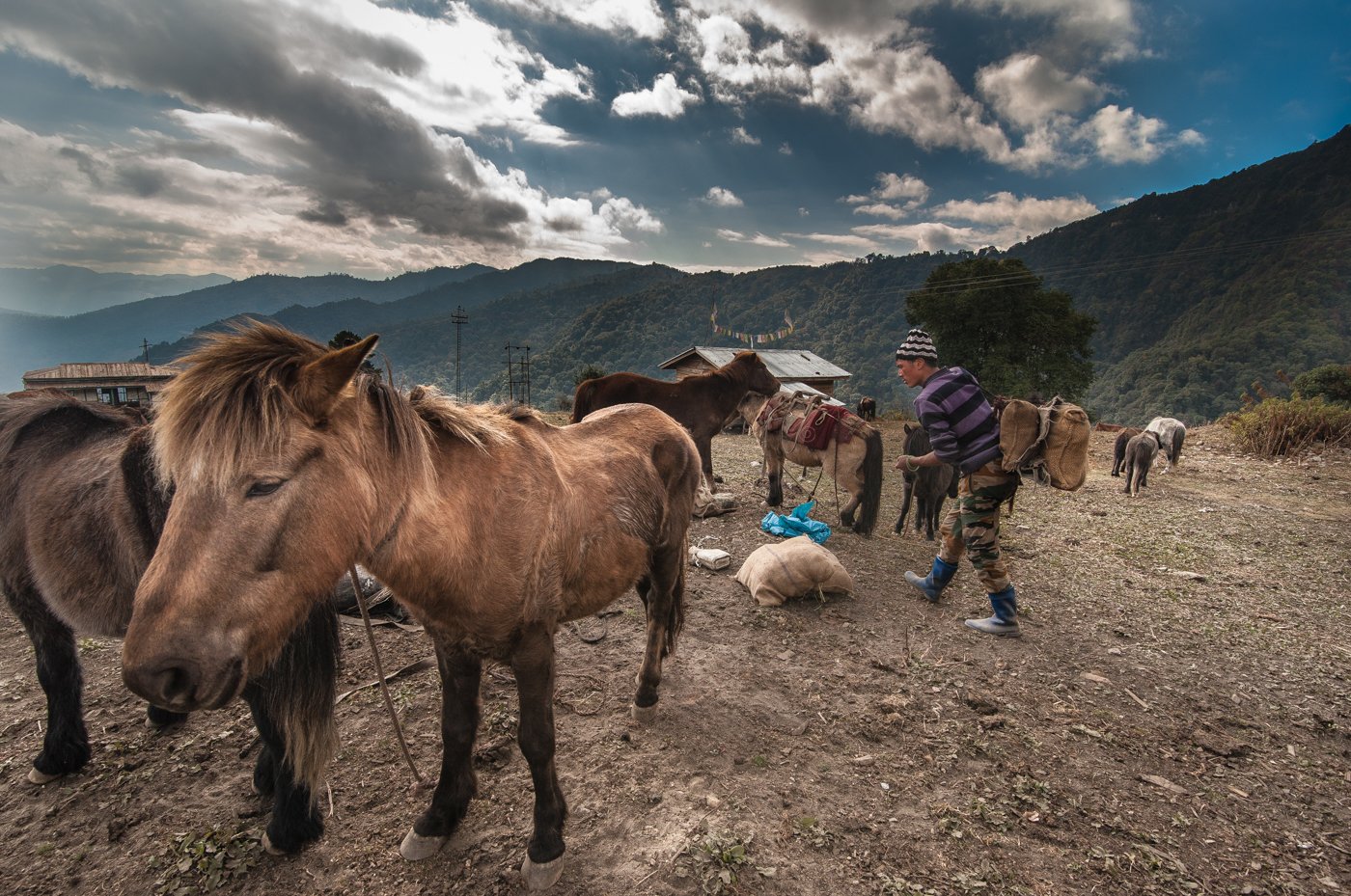
A Brokpa preparing for a journey to Chander village, around 12 kilometres from Lagam.
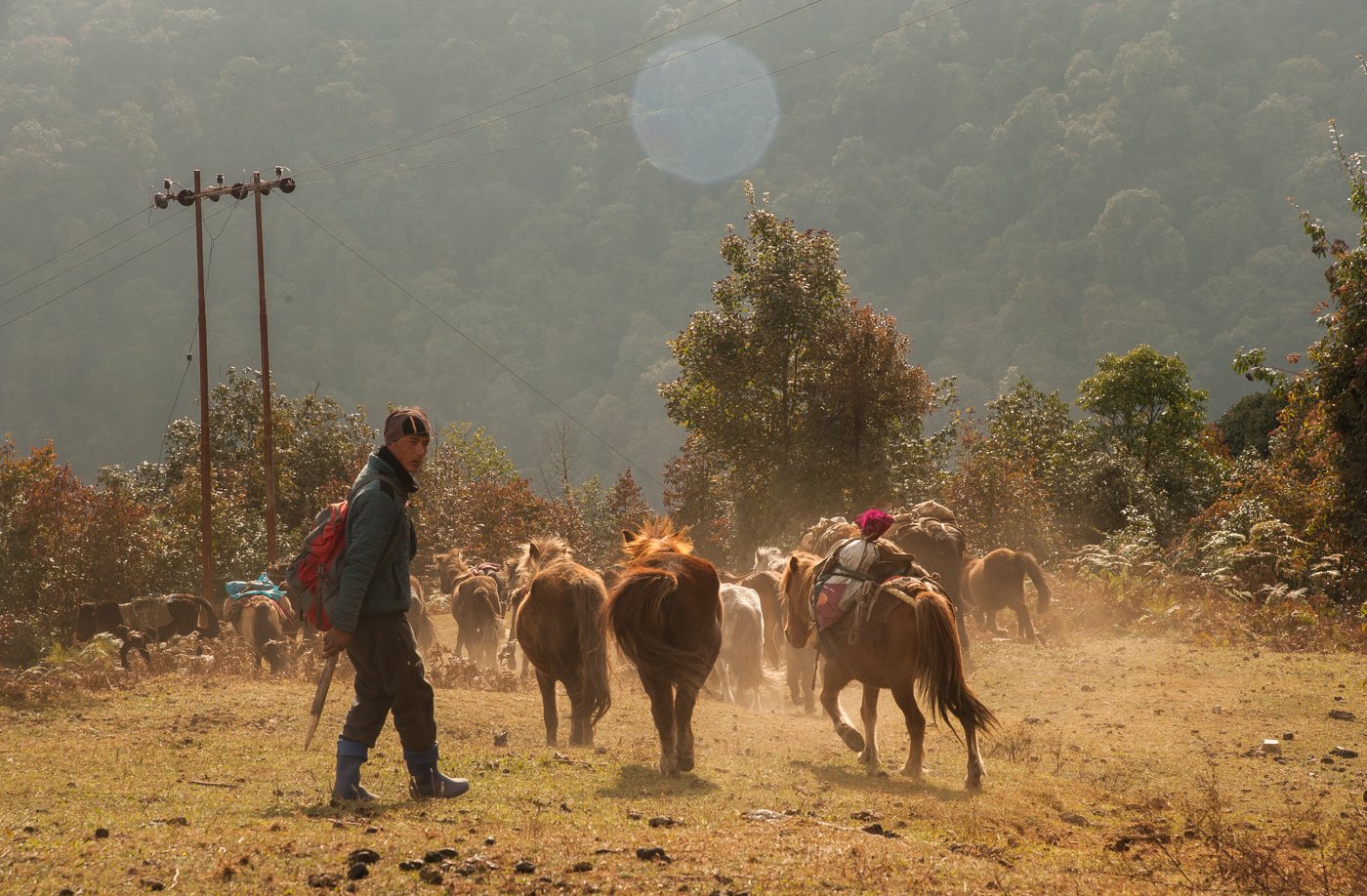
Brokpa herders move frequently, from higher altitudes to lower lands, and from the lowlands to the mountain ranges. They carry rations and other provisions. Migrating within their permanent settlements – locations fixed by the community – is a continual process
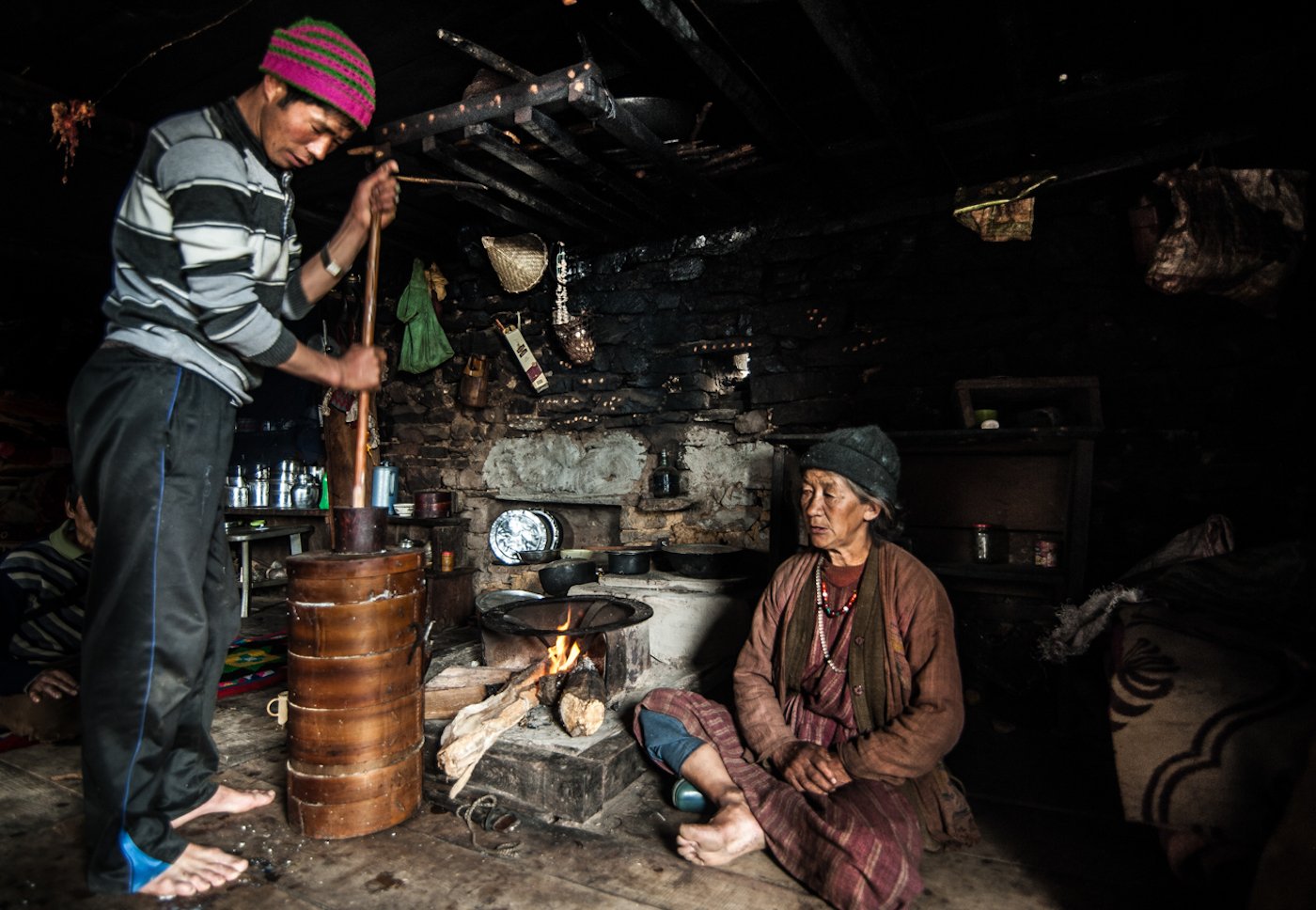
A Brokpa herdsman making butter and chhurpi (traditional cheese) in his winter settlement in Lagam. Both items bring in some income for Brokpa families.
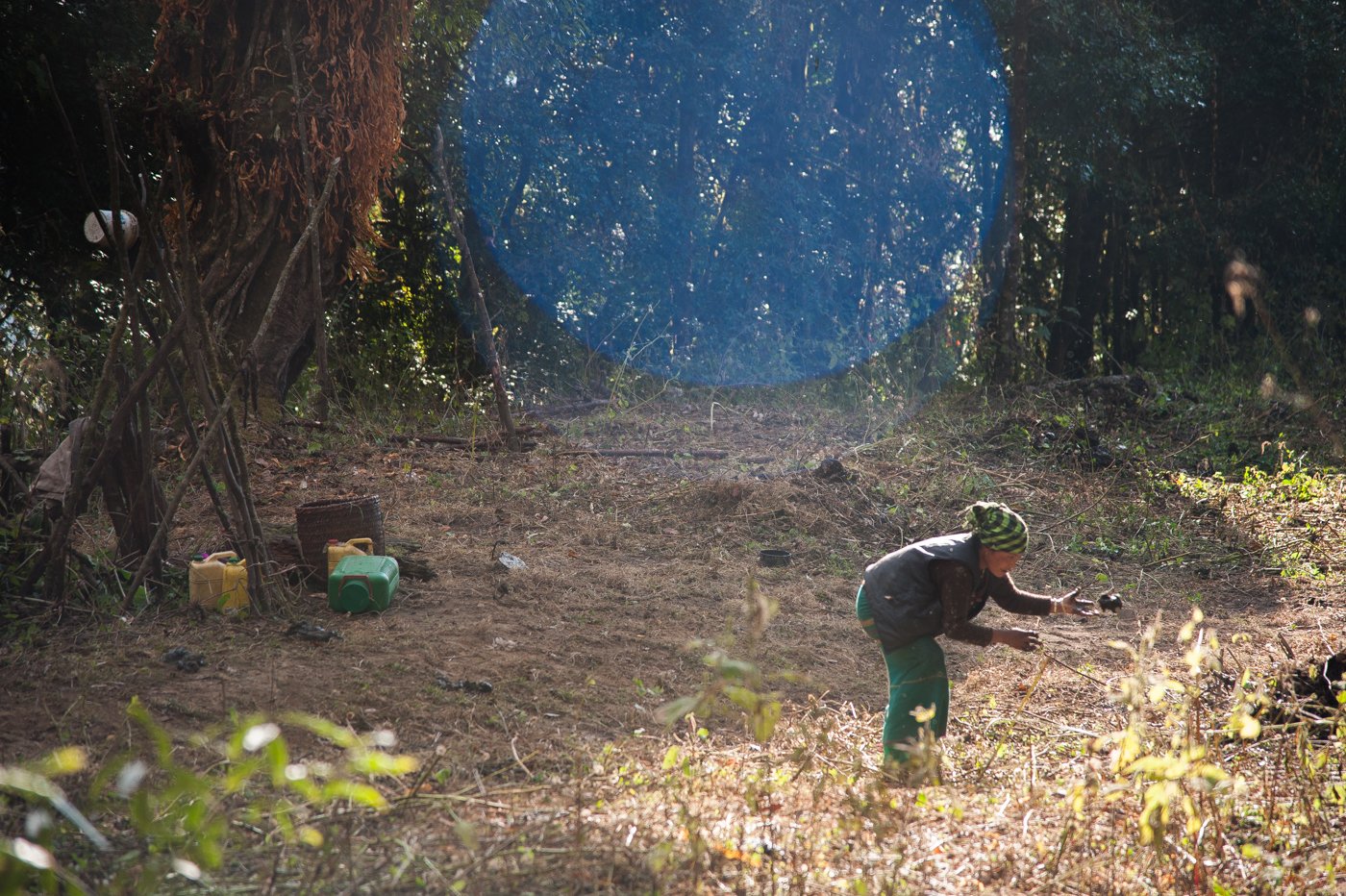
Pem’s sister Tashi collecting yak dung. Dung is used as fuel for the kitchen. In the harsh winters of sub-zero temperature and snow, it’s their only source of fuel.
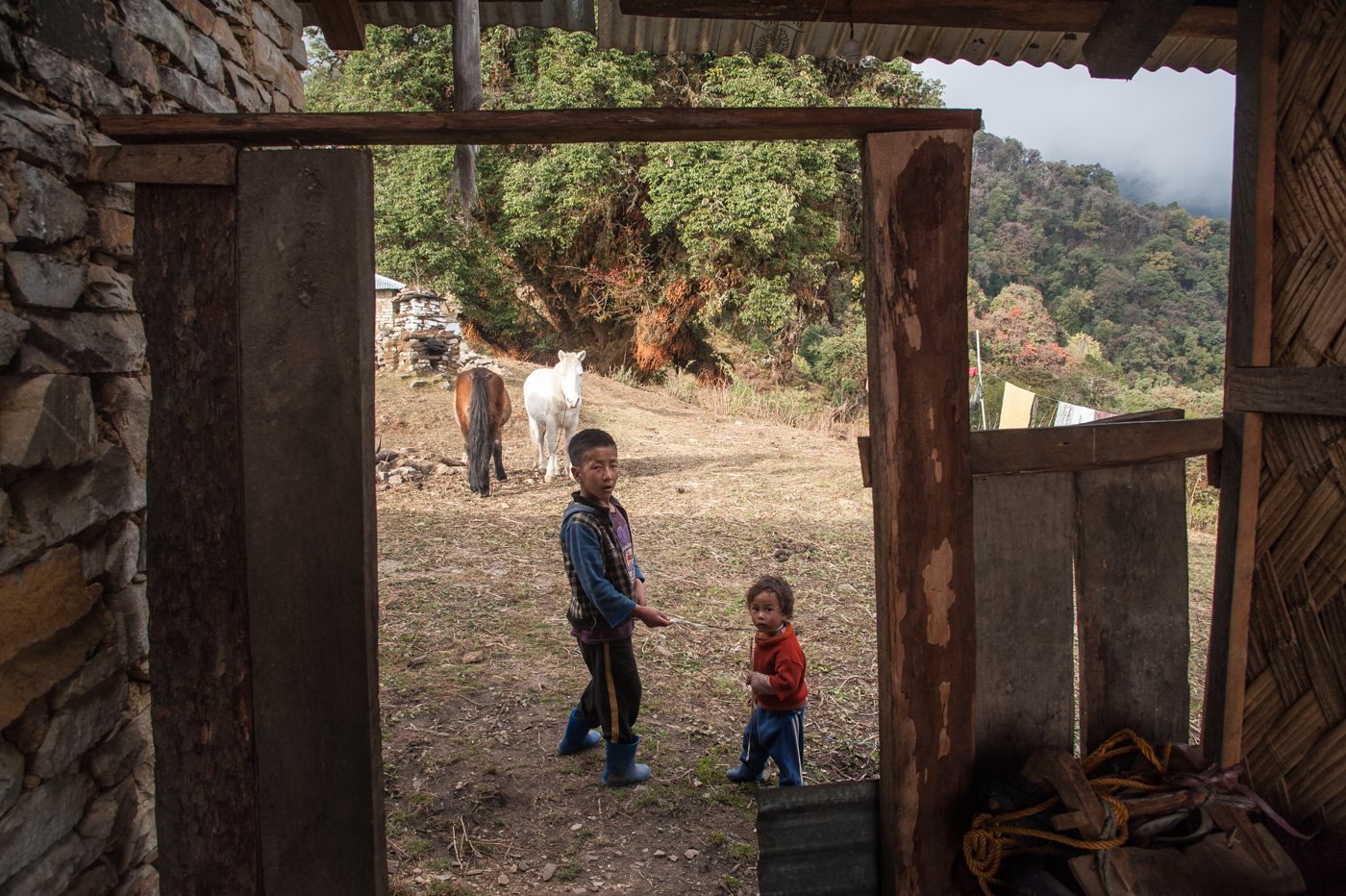
The school in Lagam village has closed due to a lack of resources. So the kids go to Thembang village for preliminary studies in a residential school; reaching there requires walking through forests for around 11 kilometres.
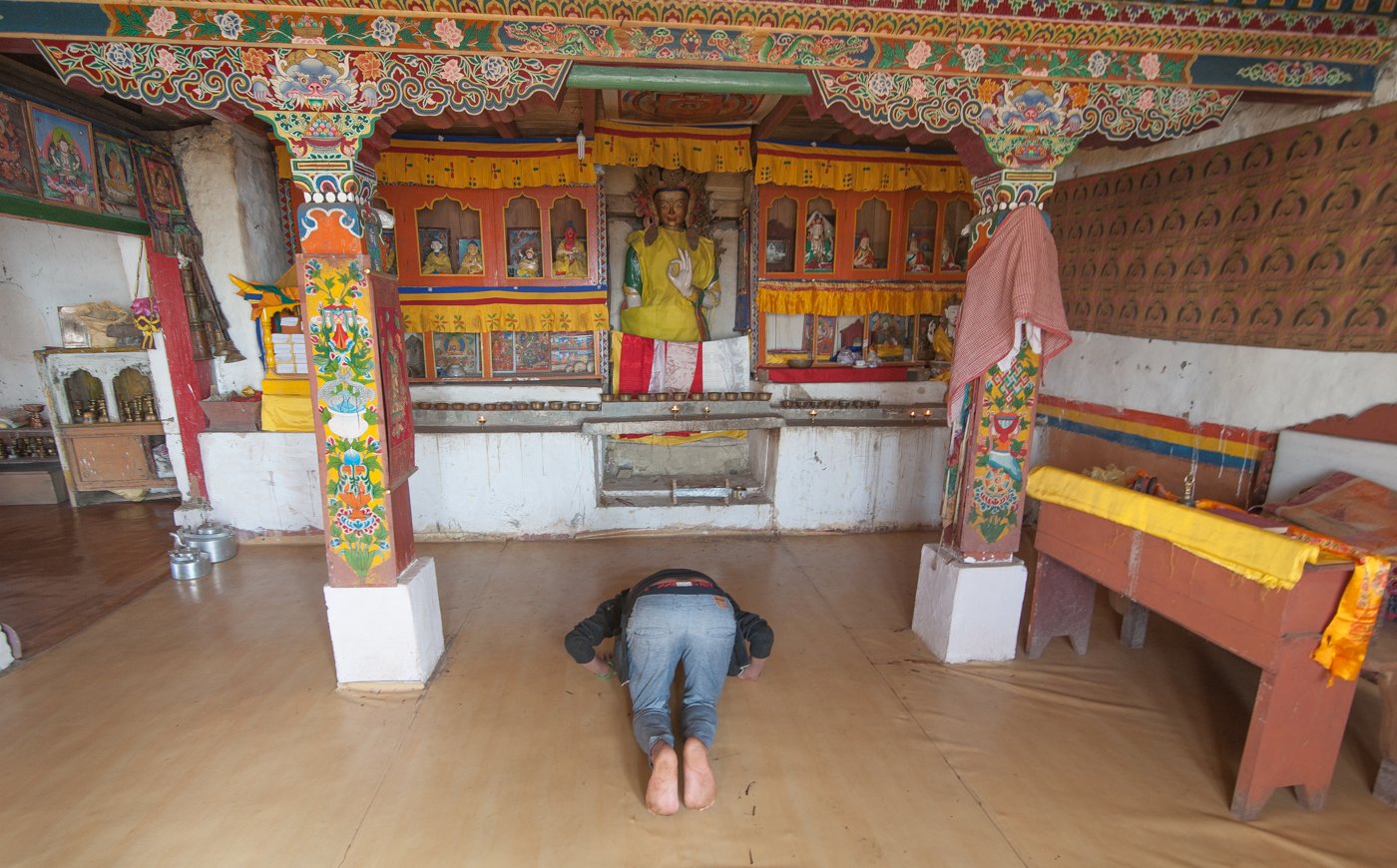
The Bropkas are devout Buddhists. Lagam has a small gompa for prayers.
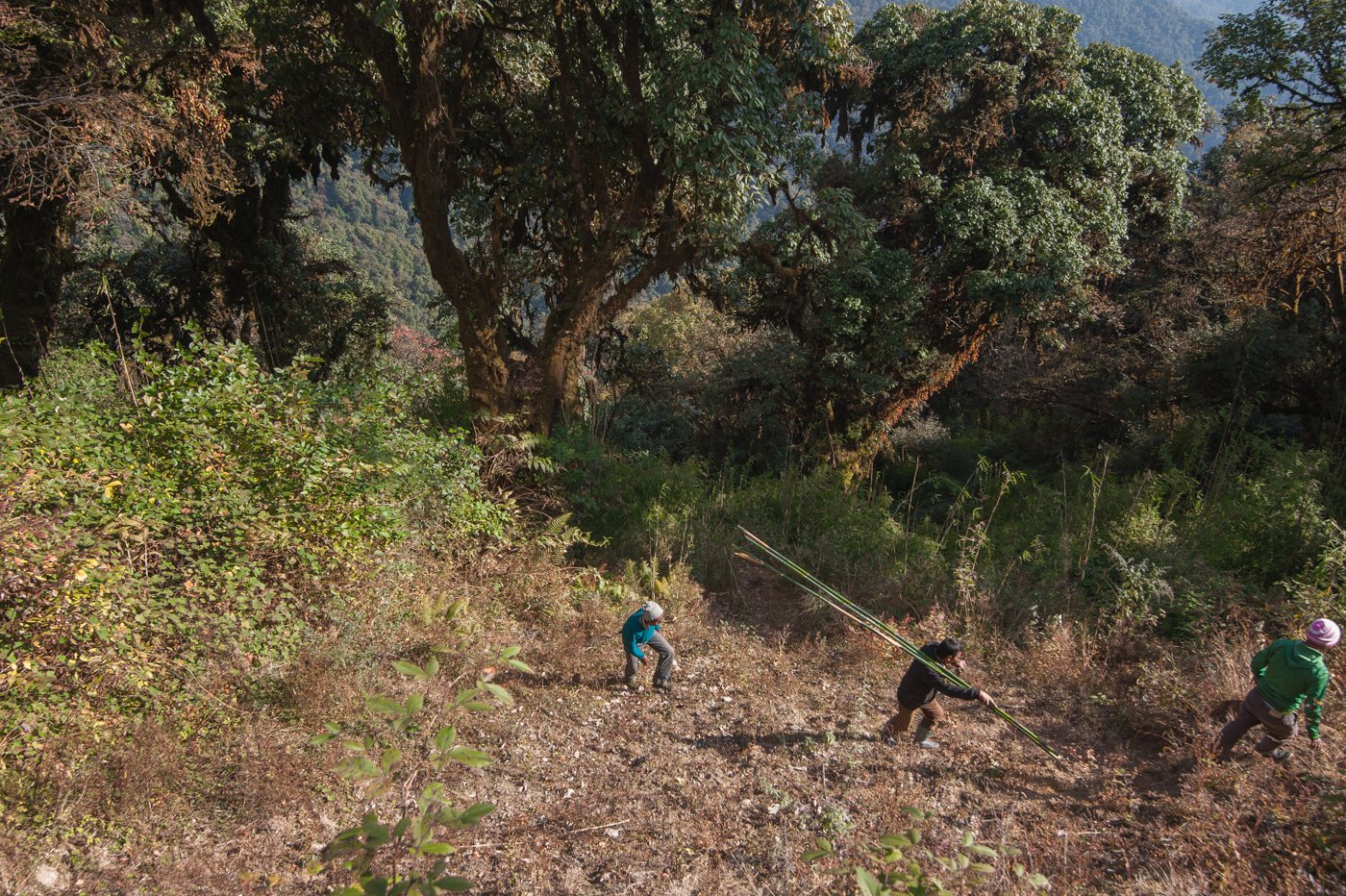
Returning after collecting bamboos from the jungle. Bamboos are central to the Brokpa’s daily life, and are used to build makeshift kitchens and household items
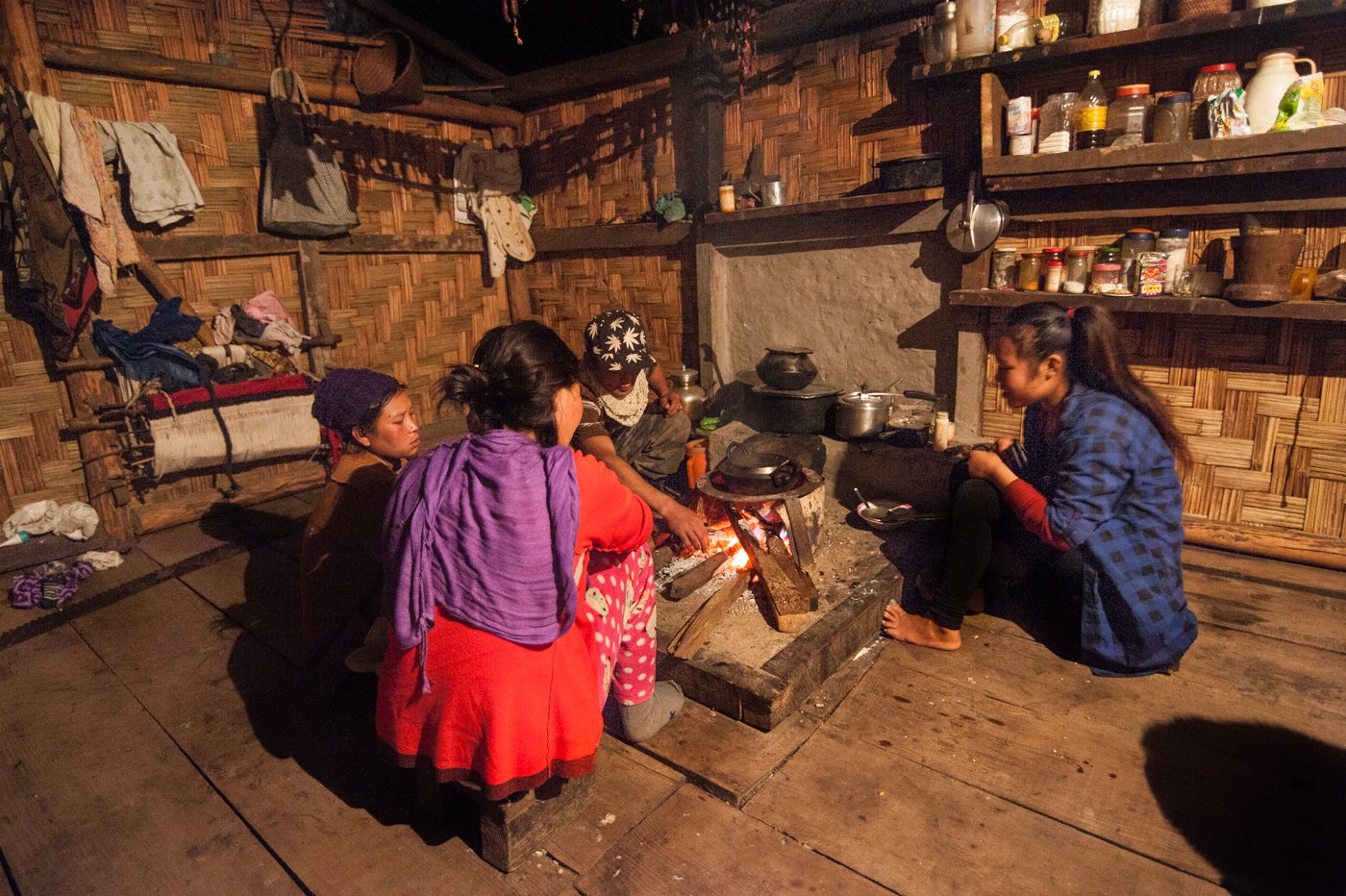
Community bonding is strong among the Brokpa. They often visit different settlements to meet their friends and relatives.
